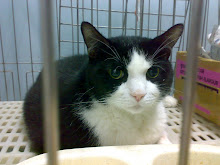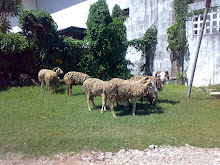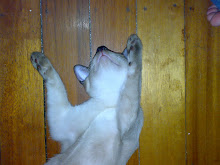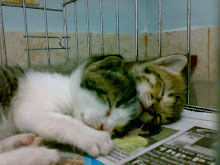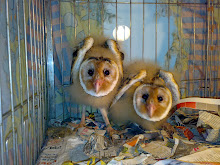
This is noopy and she has an abscessed arm. Abscessation are actually tricky to manage and may or may not require a few days of confinement and monitoring. As for the owners it was ok for them for noopy to stay awhile during the treatment.
Day 1: severe abscessation. The area was flushed with NSS, PenG, Povidone lodine with table sugar and nitrofufazone was added prior to bandaging…
Daily, the wound was cleaned, unfortunately, was not documented…But, there was improvement. We noticed that the area became clearer with granulation tissue formation. There was no noticed foul odor versus the first day and the wound became smaller


Day 7: the wound is clean, smaller and appeared to have healthy granulation tissue. With formation of granulation tissue, flushing of the wound is important. Rubbing the area even with a sterile gauze that can remove the newly formed tissues should be avoided.
Day 8: the wound was left open to dry and fortunately, noopy went home today without the need for bandage.

Noopy visited the clinic for vaccination update (which was again overdue!!! What’s the use of appointment slips and recommendations?!) and the arms that was affected was already clear, with hairs regrown and no evidence of previous abscess formation.

Going back to the case, why did I use sugar in the wound dressing?
Actually, I learned the technique when my father’s bed sores were being treated by his surgeon prior to grafting. He explained that the bacteria present will ferment the sugars first before it will digest the protein of the skin, and with the presence of antibiotics and povidone iodine, the microbes will die. Further research also revealed that sugars tend to promote better granulation tissue formation, decrease edema formation, attraction of macrophages, source of cellular energy and for necrotic slough . What’s more encouraging is that it is readily available and inexpensive. Aside from table sugar, dextrose powder and honey may also be used.











 The tumor is incised and in this photo, the wound is being cautherized to prevent further bleeding.
The tumor is incised and in this photo, the wound is being cautherized to prevent further bleeding.
 After the removal, the wound is carefully stitched to close the skin but not obscuring the ear canal.
After the removal, the wound is carefully stitched to close the skin but not obscuring the ear canal.



